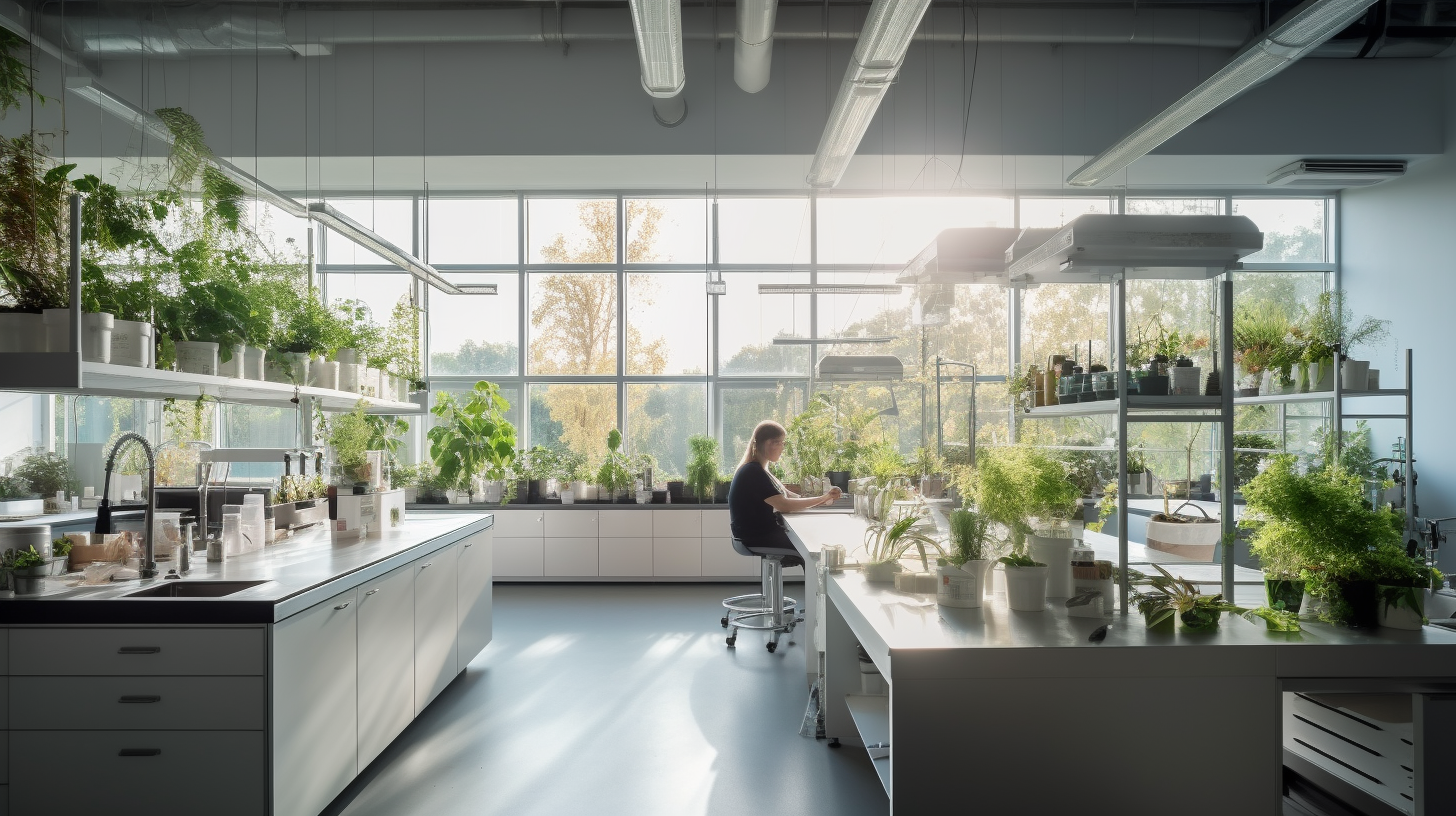In a laboratory setting, mobility and ergonomics play a crucial role in ensuring efficiency and safety. The nature of laboratory work requires researchers and technicians to frequently move around the workspace while conducting experiments or handling equipment. Additionally, many laboratory tasks involve repetitive motions or awkward postures, which can lead to musculoskeletal disorders and other health issues over time.
To mitigate these risks, it is essential to design laboratory workspaces with mobility and ergonomics in mind. Here are some key considerations for achieving this goal:
Layout and organization
The layout of a laboratory should be carefully planned to maximize space utilization and minimize the need for excessive walking or bending. Equipment and supplies should be organized in a logical and accessible manner to reduce the need for reaching or bending over. By providing mobile workstations / desks, added convenience & productivity can be realized by allowing the technician to move the work to where it is most effective.
Adjustable furniture
Laboratory chairs, desks, and other furniture should be adjustable to accommodate workers of varying heights and sizes. This allows for proper posture and reduces the risk of strains or injuries. In addition, by allowing for the individual user to change positions (from sit / stand) provides both health and attention benefits.
Proper Lighting
Adequate lighting is critical in a laboratory to reduce eye strain and improve visibility. Bright, even lighting can also help reduce the risk of trips, slips, and falls. One key aspect is to reduce reflective glare which incorporates lighting levels, positioning and surface materials .
Personal protective equipment (PPE)
Workers should wear appropriate PPE, such as gloves, goggles, and lab coats, to protect against hazardous materials and reduce the risk of injury.
Appropriate Footwear
Proper footwear is important for mobility and safety in a laboratory. Shoes should be comfortable, slip-resistant, and provide adequate support.
Automated Equipment
Automation can help reduce the need for repetitive or strenuous tasks, such as pipetting or stirring, and allow workers to move around the laboratory more freely.
By implementing these strategies, laboratory managers can create workspaces that promote mobility and ergonomics, reducing the risk of injuries and promoting worker comfort and efficiency. Investing in these measures can also lead to cost savings for organizations by reducing the risk of lost productivity and workers’ compensation claims.
In conclusion, mobility and ergonomics are essential considerations in a laboratory setting. Creating a safe and comfortable workspace requires a holistic approach that incorporates design, equipment, and PPE. With careful planning and attention to detail, laboratory managers can create workspaces that promote efficiency, safety, and worker well-being.







